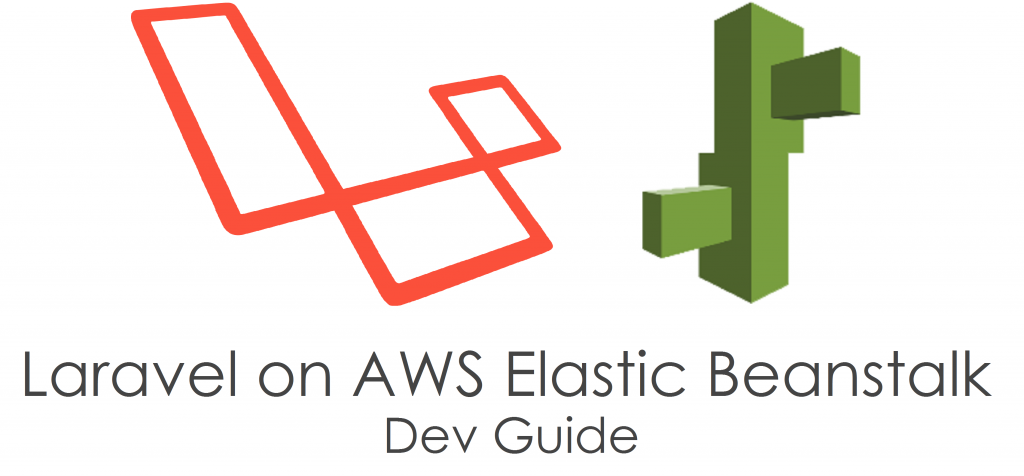How to use this guide
This guide will walk you through setting up a Laravel development environment on Elastic Beanstalk.
Before using Elastic Beanstalk, I was using a shared hosting account, and I got fed up with outdated packages and the lack of admin privileges. My goal with this guide was to create a dev server that closely mirrored my intended production environment in Elastic Beanstalk (another post on that coming soon). This is the exact setup I use for SimpliFit’s API dev server.
What is Elastic Beanstalk?
First, a quick overview. Amazon Web Services’ Elastic Beanstalk is a Platform as a Service (PaaS), allowing developers to deploy applications without the hassle of detailed server infrastructure, such as server provisioning or scaling to meet demand.
Elastic Beanstalk uses the following AWS products:
- Elastic Compute Cloud (EC2)
- Simple Storage Service (S3)
- Simple Notification Service (SNS)
- CloudWatch

